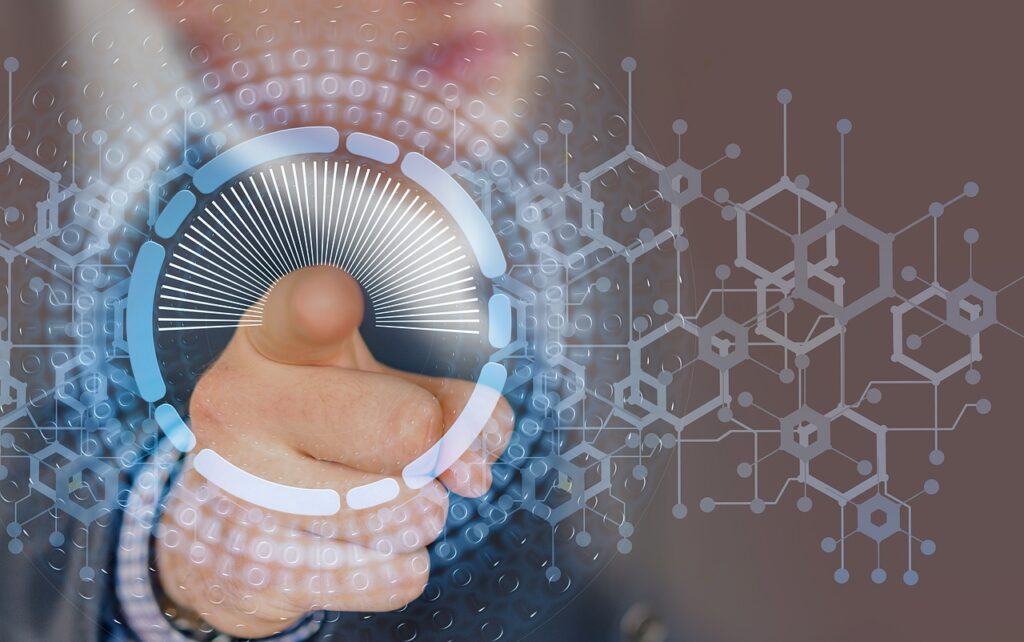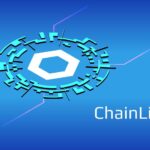Decentralized Autonomous Organizations, or DAOs, are organizations that operate in a decentralized manner, using blockchain technology and smart contracts to automate decision-making processes and execute actions without the need for intermediaries or centralized control. In this essay, we will explore what a DAO is, how it works, and what its benefits and challenges are.
What is a Decentralized Autonomous Organization (DAO)?
A DAO is a digital organization that is entirely decentralized, meaning that it does not have a central authority that controls its operations or decision-making processes. Instead, it is governed by a set of rules that are encoded in smart contracts on a blockchain, and these rules dictate how the organization operates, how decisions are made, and how resources are allocated.
DAOs are designed to be self-governing, meaning that they operate without the need for human intervention or oversight. The rules that govern a DAO are enforced by the underlying blockchain technology, which ensures that all actions and decisions are transparent, immutable, and secure.
How does a DAO work?
To understand how a DAO works, it’s important to understand how blockchain technology and smart contracts operate. Blockchain technology is a decentralized database that is distributed across a network of computers. Each computer in the network, or node, has a copy of the blockchain, and all nodes work together to validate transactions and maintain the integrity of the database.
Smart contracts are self-executing contracts that are stored on the blockchain. These contracts contain a set of rules and conditions that govern the behavior of the parties involved in the contract. When certain conditions are met, the contract is automatically executed, and the actions specified in the contract are carried out.
When a DAO is created, a set of rules and conditions are encoded in a smart contract on a blockchain. These rules dictate how the DAO operates, how decisions are made, and how resources are allocated. Members of the DAO can then interact with the organization by sending transactions to the smart contract on the blockchain.
For example, a member of a DAO might propose a new project or initiative for the organization to undertake. This proposal is submitted to the DAO’s smart contract, which then evaluates the proposal based on the rules and conditions encoded in the contract. If the proposal meets the criteria, the smart contract will automatically execute the proposal, and the necessary resources will be allocated to carry out the project.
In this way, DAOs operate autonomously, with decisions and actions being taken automatically based on the rules encoded in the smart contract. Members of the DAO can participate in decision-making by submitting proposals and voting on them, but the actual execution of those decisions is handled automatically by the smart contract.
Benefits of DAOs
There are several benefits to using DAOs over traditional, centralized organizations:
Decentralization: DAOs are entirely decentralized, meaning that they do not have a central authority that controls their operations or decision-making processes. This makes them more transparent, secure, and resistant to censorship and corruption.
Autonomous: DAOs operate autonomously, meaning that they can make decisions and execute actions without the need for human intervention or oversight. This makes them more efficient and faster than traditional organizations.
Transparency: All actions and decisions made by a DAO are transparent and open to public scrutiny. This makes it easier for members of the organization to hold each other accountable and ensure that the organization is operating in their best interests.
Accessible: DAOs are open to anyone who wants to participate, regardless of their geographical location or financial resources. This makes them more accessible and inclusive than traditional organizations.
Challenges of DAOs
While DAOs offer many benefits, there are also several challenges to their implementation and adoption:
Complexity: DAOs are complex systems that require a deep understanding of blockchain technology and smart contracts to implement and operate. This complexity can make
it difficult for people without technical expertise to participate in DAOs and may limit their adoption.
Governance: DAOs rely on democratic decision-making processes to operate, but it can be challenging to ensure that all members have equal say and that decisions are made in the best interests of the organization. Additionally, DAOs may lack mechanisms for resolving disputes or addressing issues with members who act in bad faith.
Security: While blockchain technology provides a high level of security and immutability, DAOs are still vulnerable to hacking and other security breaches. Smart contracts are also subject to bugs and vulnerabilities that can be exploited by bad actors.
Regulation: The legal and regulatory landscape for DAOs is still evolving, and there is uncertainty around how they will be treated by governments and regulatory agencies. This uncertainty can make it difficult for DAOs to operate within the confines of the law and could limit their adoption in some jurisdictions.
Examples of DAOs
There are several notable examples of DAOs in operation today, including:
MakerDAO: MakerDAO is a decentralized lending platform that allows users to borrow and lend cryptocurrencies using a stablecoin called DAI. The platform is governed by a DAO, and decisions about the platform’s operations and development are made by MKR token holders.
MolochDAO: MolochDAO is a community-driven investment fund that supports projects and initiatives that promote the development of the Ethereum ecosystem. The DAO is governed by a group of members who pool their funds and collectively decide which projects to support.
Uniswap: Uniswap is a decentralized exchange that allows users to trade cryptocurrencies without the need for intermediaries. The exchange is governed by a DAO, and decisions about the exchange’s operations and development are made by UNI token holders.
Conclusion
DAOs are a new and exciting development in the world of decentralized technology, offering a way for organizations to operate autonomously and transparently without the need for centralized control. While DAOs offer many benefits, they also come with challenges and complexities that must be navigated to ensure their successful implementation and adoption. As the technology behind DAOs continues to evolve, we can expect to see more innovative use cases and applications emerge, with the potential to revolutionize the way we organize and collaborate in the digital age.







